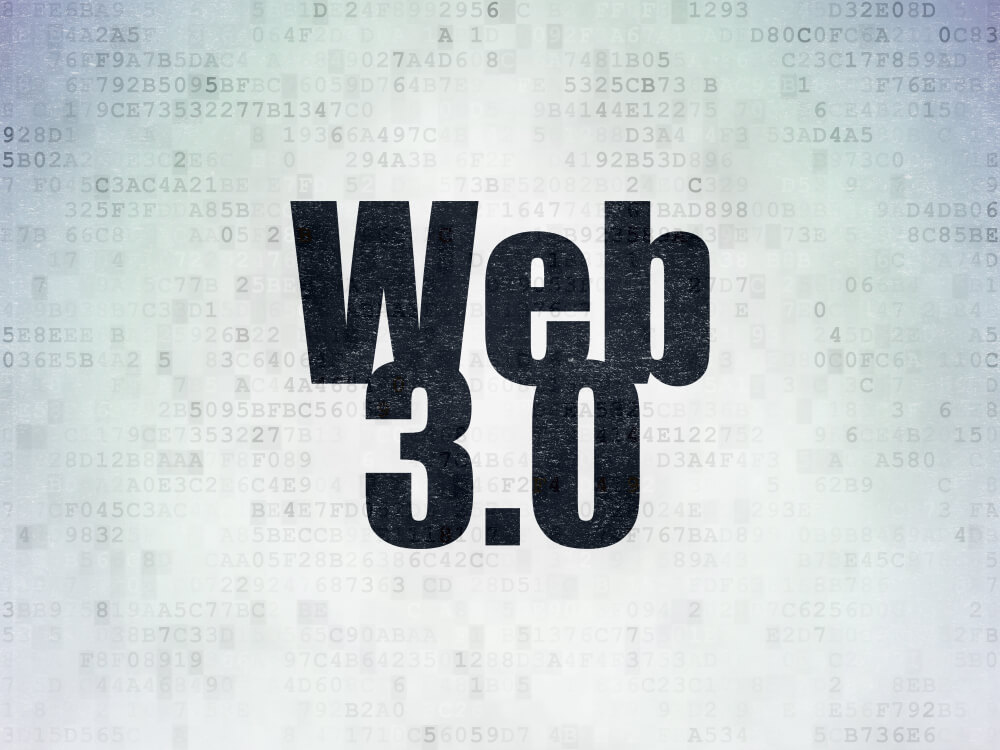Introduction
World Wide Web, as we know, today has undergone a lot of changes. To dwell on Web 3.0, we need to understand what comprises Web 1.0 and Web 2.0. Web 1.0 is the first integration of the internet in the nineties. The visionary Sir Tim Berners-Lee led us to web 1.0. He wanted to decentralize the information so that there wouldn’t be any third-party intervention to access the information. Let’s look at the previous two versions briefly below:
Web 1.0
Web 1.0 comprises of mostly static information. It can be termed as a worldwide explosion of information or read the only web. Many big companies have come up with read-only websites. Many E-Commerce websites can be termed as Web 1.0 version as an example today. User interaction is very minimalistic.
Web 2.0
Web 2.0 can be termed as the web we know as of today. It is also said web of social media with many video streaming platforms. With the invention of Web 2.0, all of us got access to not only download available content but also to upload the content made by us. It has started becoming two ways, which started revolutionizing many business models. Let us look into Web 3.0 now.
Web 3.0
Web 3.0 is termed as the internet of value, and it has special significance in today’s world. We have already entered web 3.0, and it is not somewhere in the distant future. We consider it as the most advanced of all because it uses Machine Learning, Artificial Intelligence, and Blockchain technologies to offer us the best suit of experience.
One of the daily examples of Web 3.0 usage is when we shop on Amazon or any eCommerce website. Under a product we are looking to buy, there is another section which says people ‘who bought this has bought’ these items or what items people bought after buying this product. This is possible because of AI/ML. The user experience is maximized because of the suggestions.
Web 3.0 allows the acceleration of decentralized finance. We have business models available for many purposes rather than the one in the previous versions, where only big companies were used to make use of them for businesses. User privacy is hampered in a big way with the advent of so many apps and their usage.
Big multi corporations, even though they say that their laws pertaining to data privacy are simple, which prevents them from collecting data is not true in reality. With the advent of DAPPS with blockchain as the underlying technology, no user information can be collected and stored without users’ consent. Web 3.0 is a whole new experience without privacy concerns anymore.
The key technology in shaping up Web 3.0 is termed as blockchain. Blockchain provides the decentralized infrastructure for the internet, which fundamentally changes how the web operates. Blockchain allows a highly secure environment to exchange data generated by billions of IoT devices across the world. The decentralization of data allows users to control data rather than the big corporations controlling them single-handedly.
Conclusion
The big companies have treated us like products by collecting the information in the form of our tastes, need to target and sell their products in return to us. We lost control of our data privacy. Web 3.0 is essentially taking back the control from the corporations to our own hands using the decentralization of data using blockchain technology

